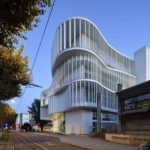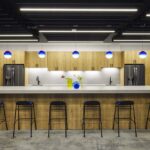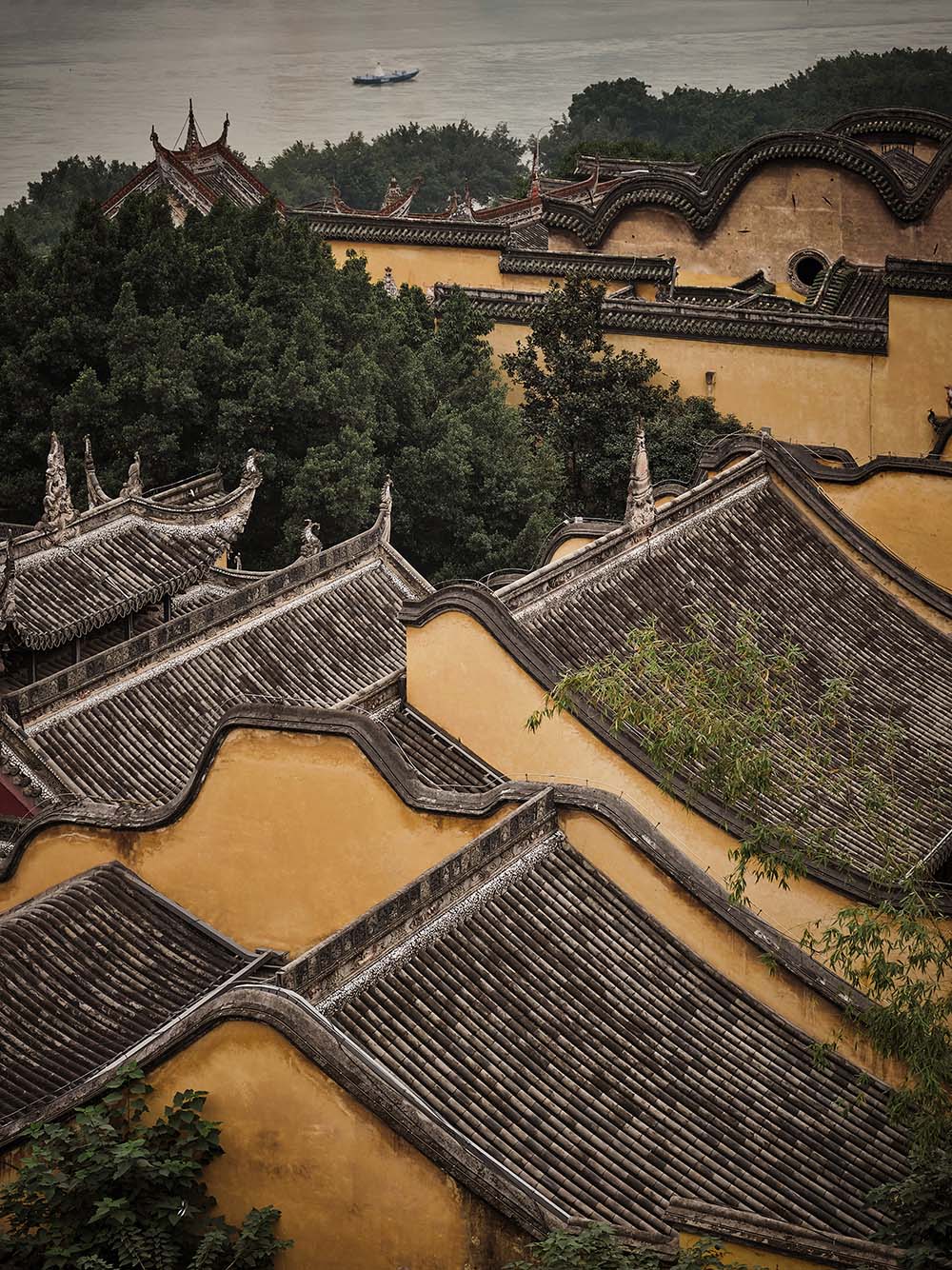
Signyan Design has recently completed work on its latest project in Chongqing, China.This project consists of Canopée Café and Sihai Club, and stands up and down along the mountainous area, integrating into the “ladder style” traditional mountain blocks in Chongqing. It adjoins Huguang Club and overlooks East Watergate. In Xie Ke’s opinion, it is “the only place close to my childhood memory in Chongqing”.
The origin and starting point of the current design are the past and the prior urban status. Xie Ke and Zhu Jianping “understood each other at first sight” as a result of the agreement on urban renewal. Via design, they contributed to an urban renewal initiative.
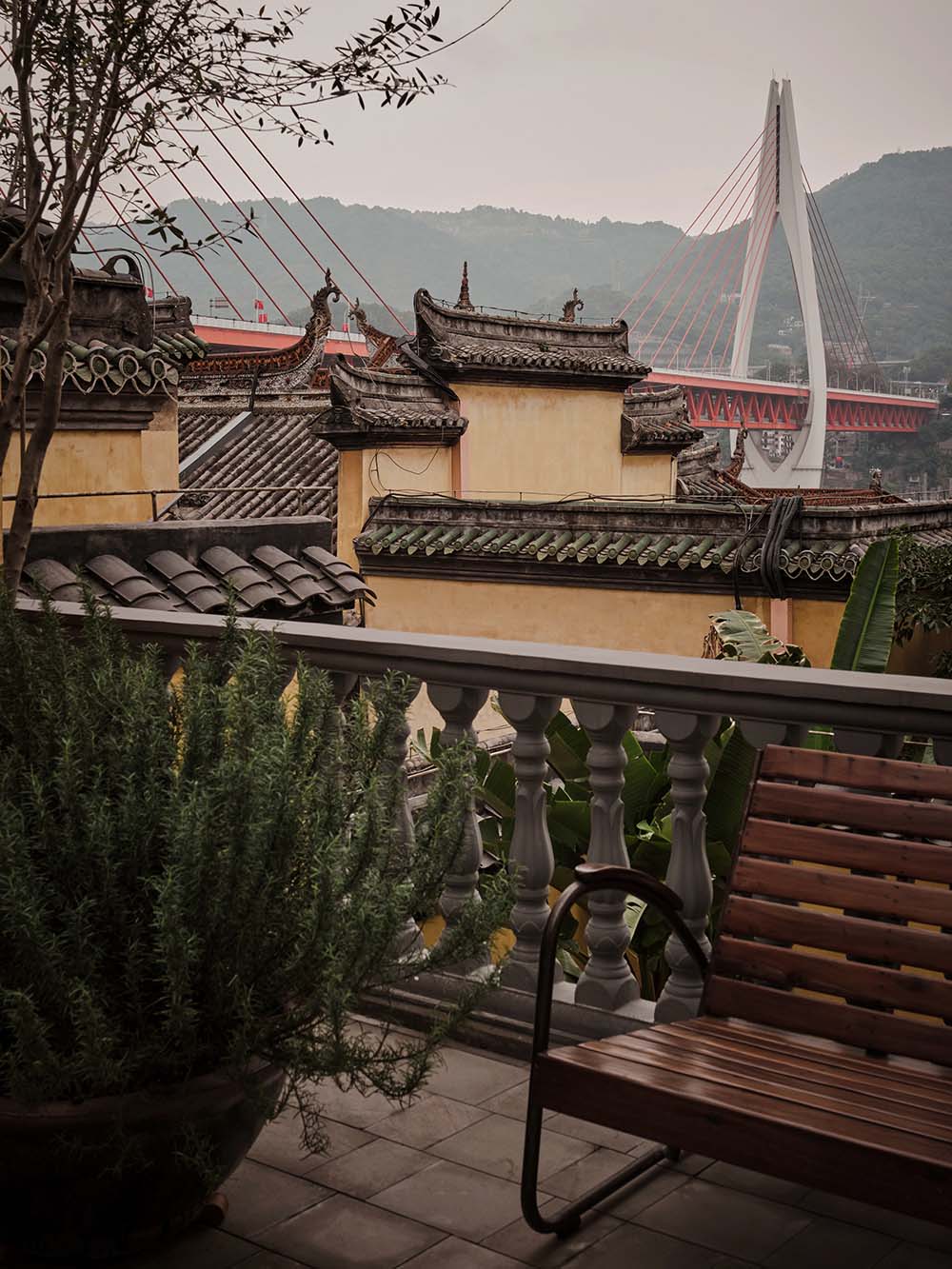
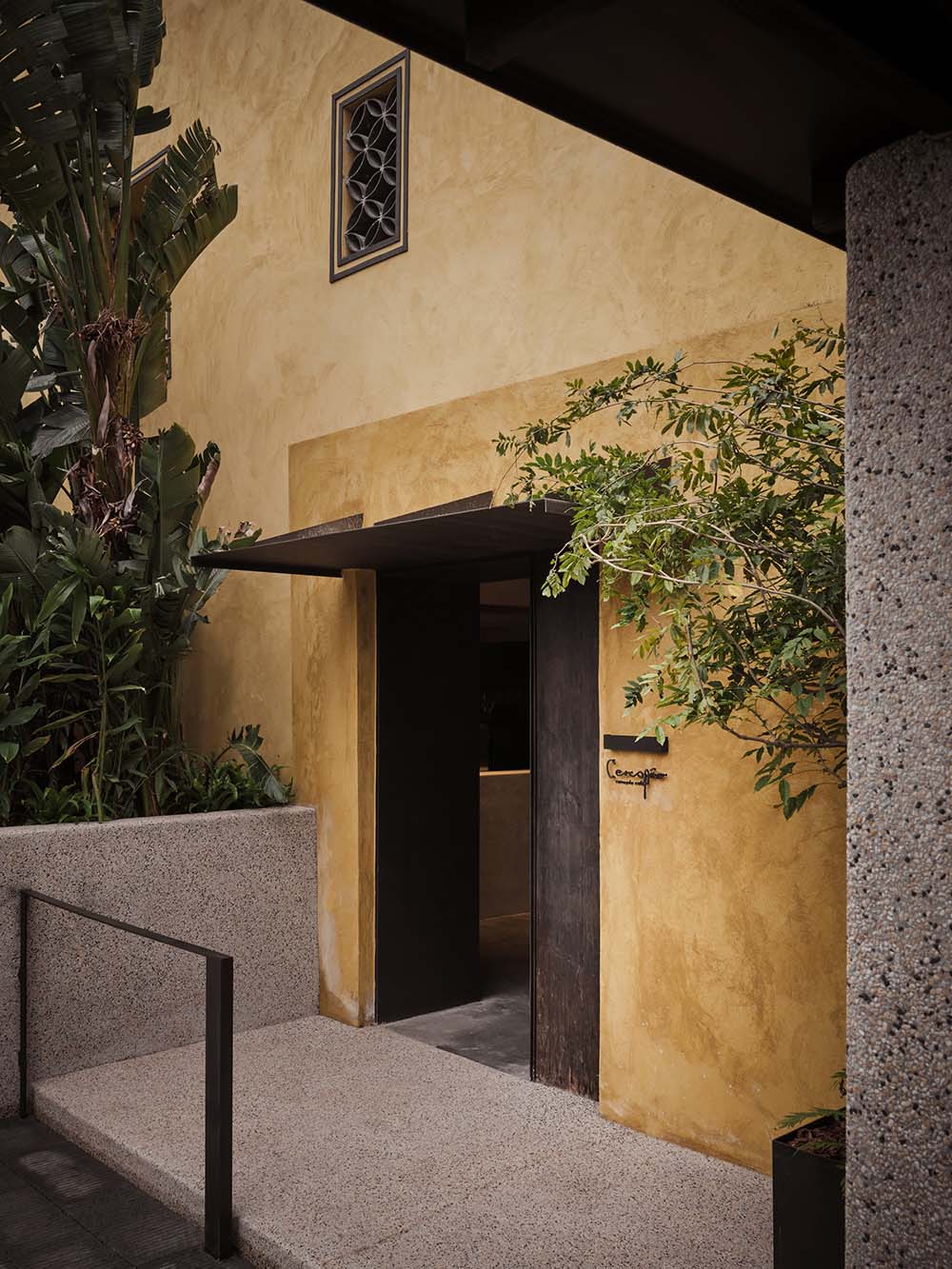
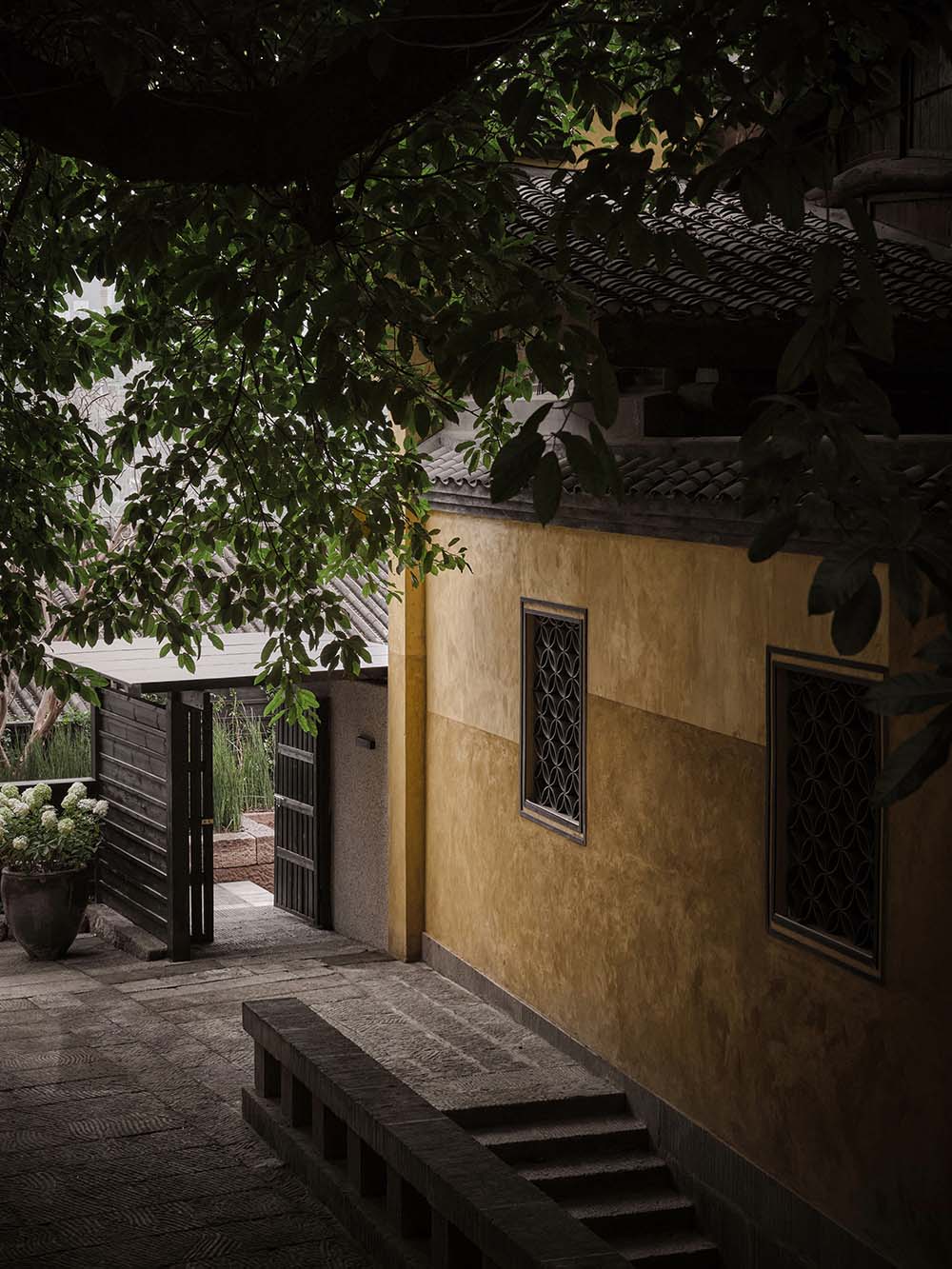
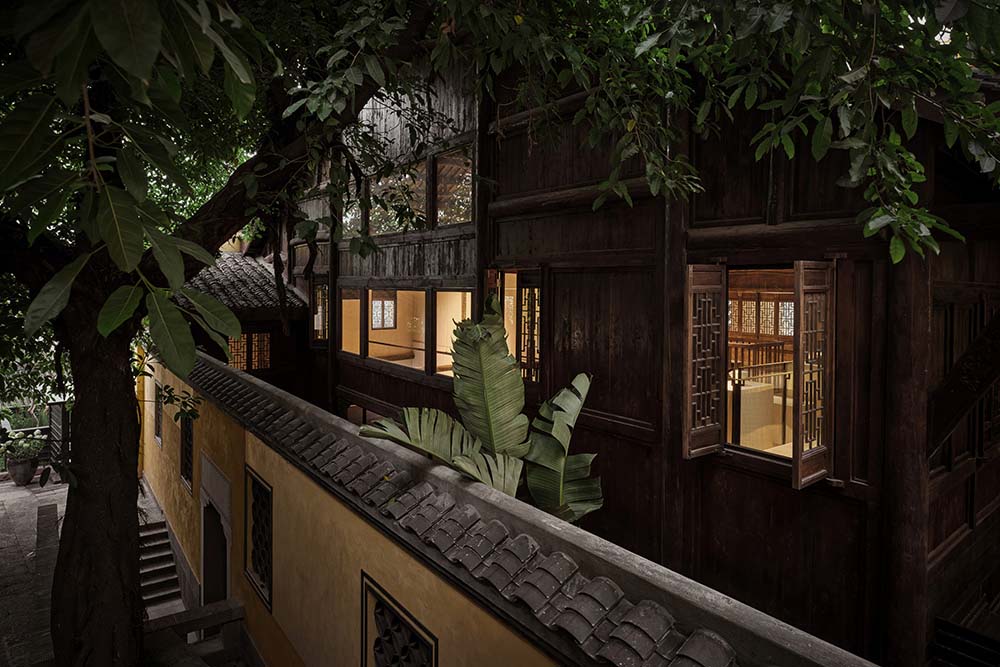
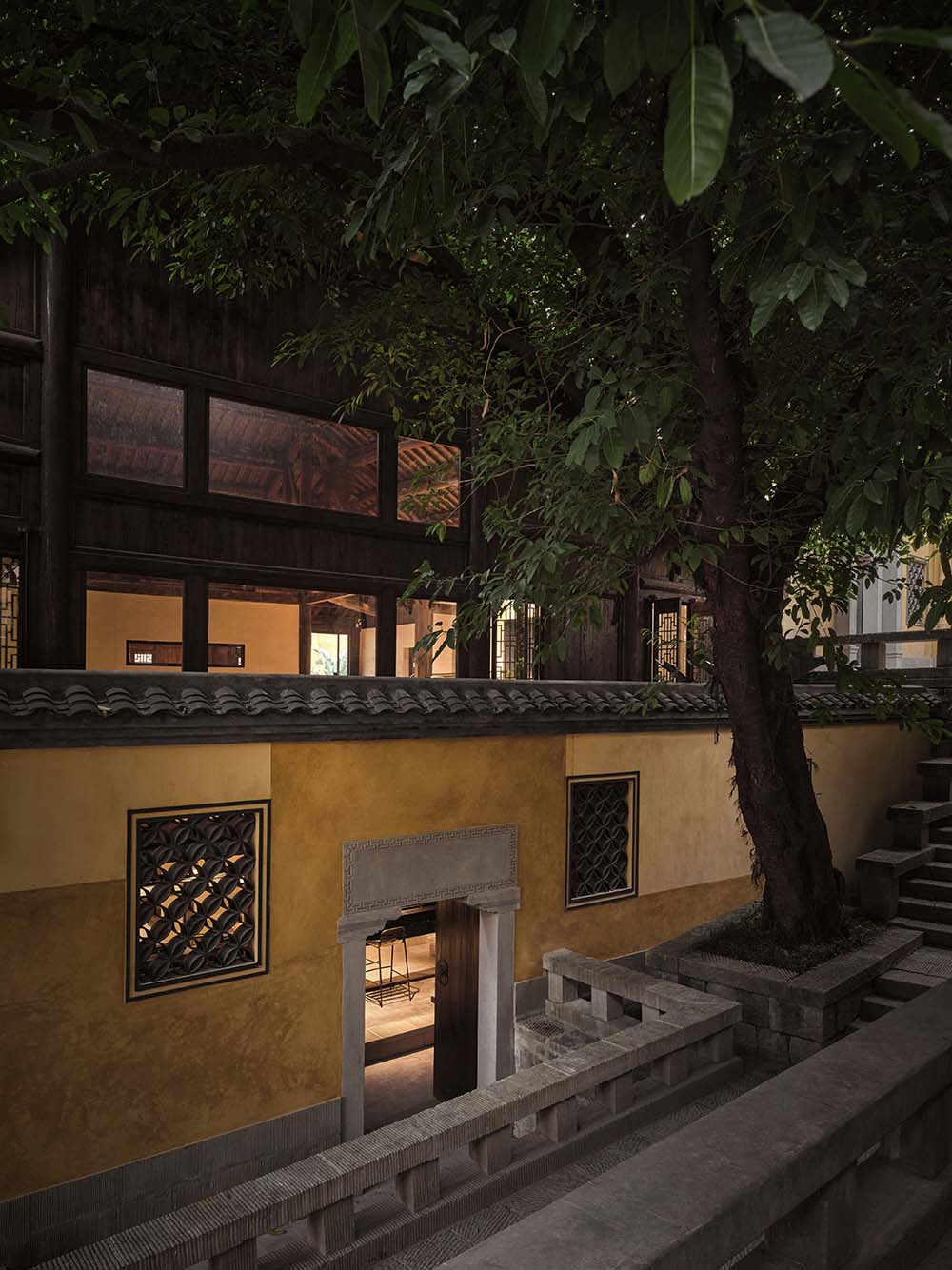
Instead of emphasizing the “sales nature” of the sales office, Xie Ke and the owner, Shenzhen Licheng, opted to build a proper cafe and a clubhouse. Without a question, this is a risk. Yet, the daily average coffee sales of 200 cups and the countless images shared on social media have shown that Xie and Zhu were 100% correct.
01. This project is more than design.
If the “relationships” between people and cities, communities, life…
in memory
are interrupted and reshaped by urbanization,
people seem to be duckweed without roots.
During such destruction and development, Chongqing’s upper half city transformed into a showcase for contemporary architecture, erasing memories of the past. The city’s bottom half is crammed with a lot of “old buildings,” which are careless design projects that repeatedly go through the “demolition – construction” cycle while being intended to “represent the simple and exquisite culture of Chongqing.”
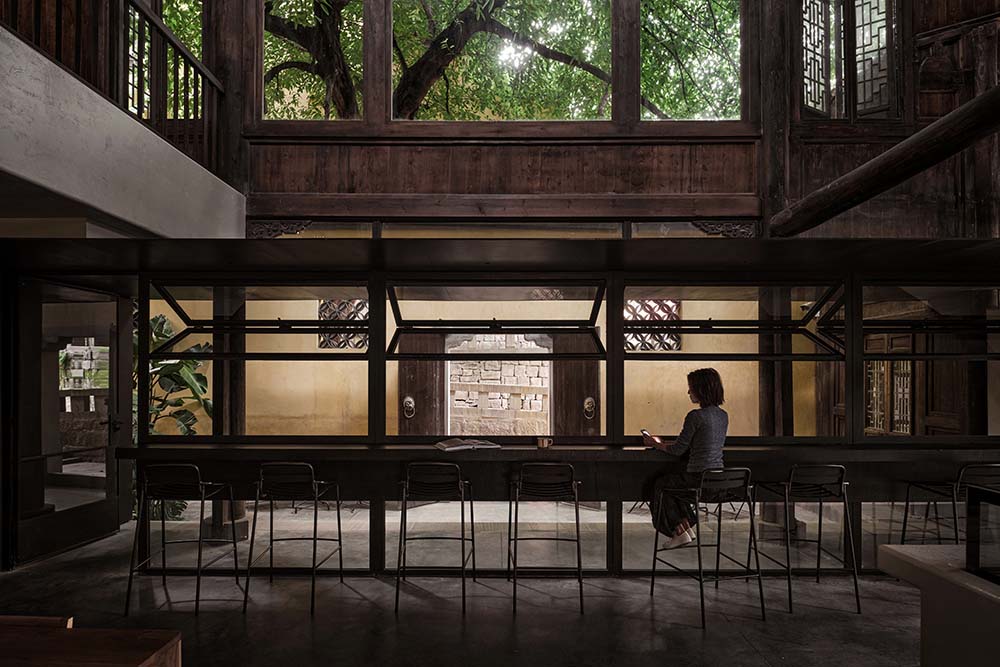
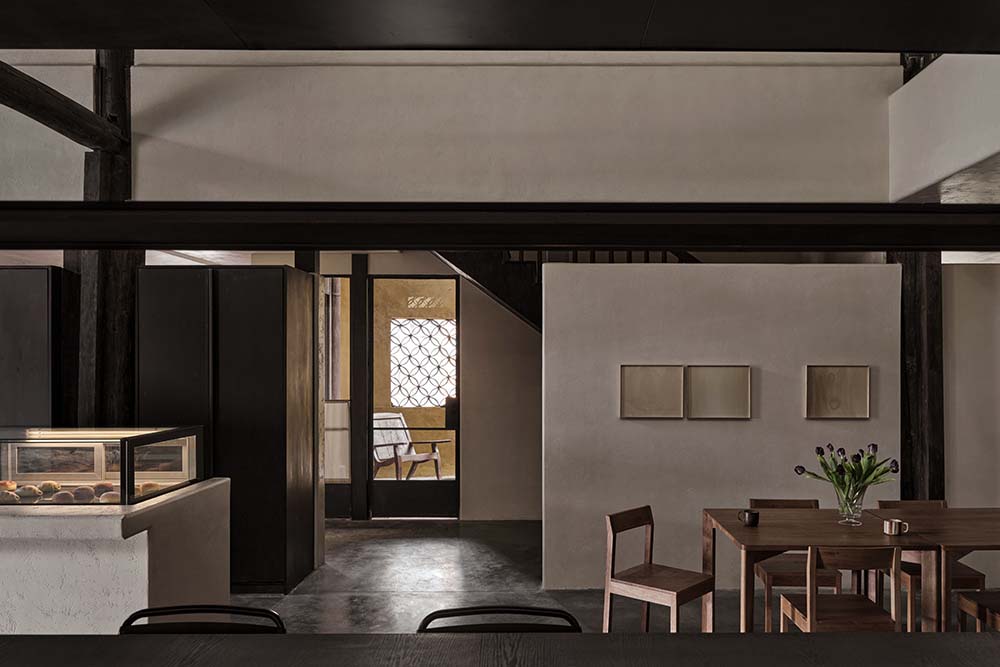
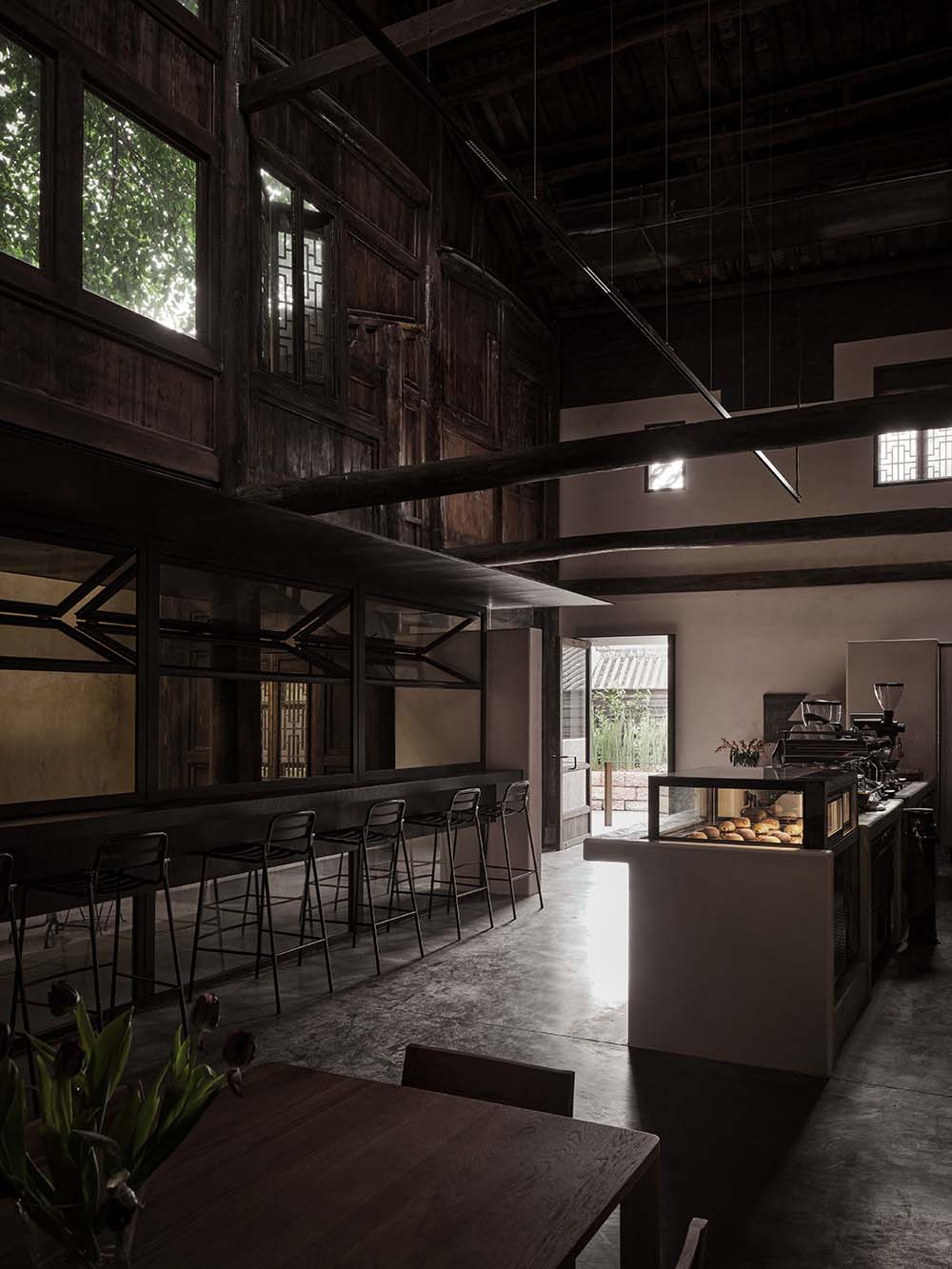
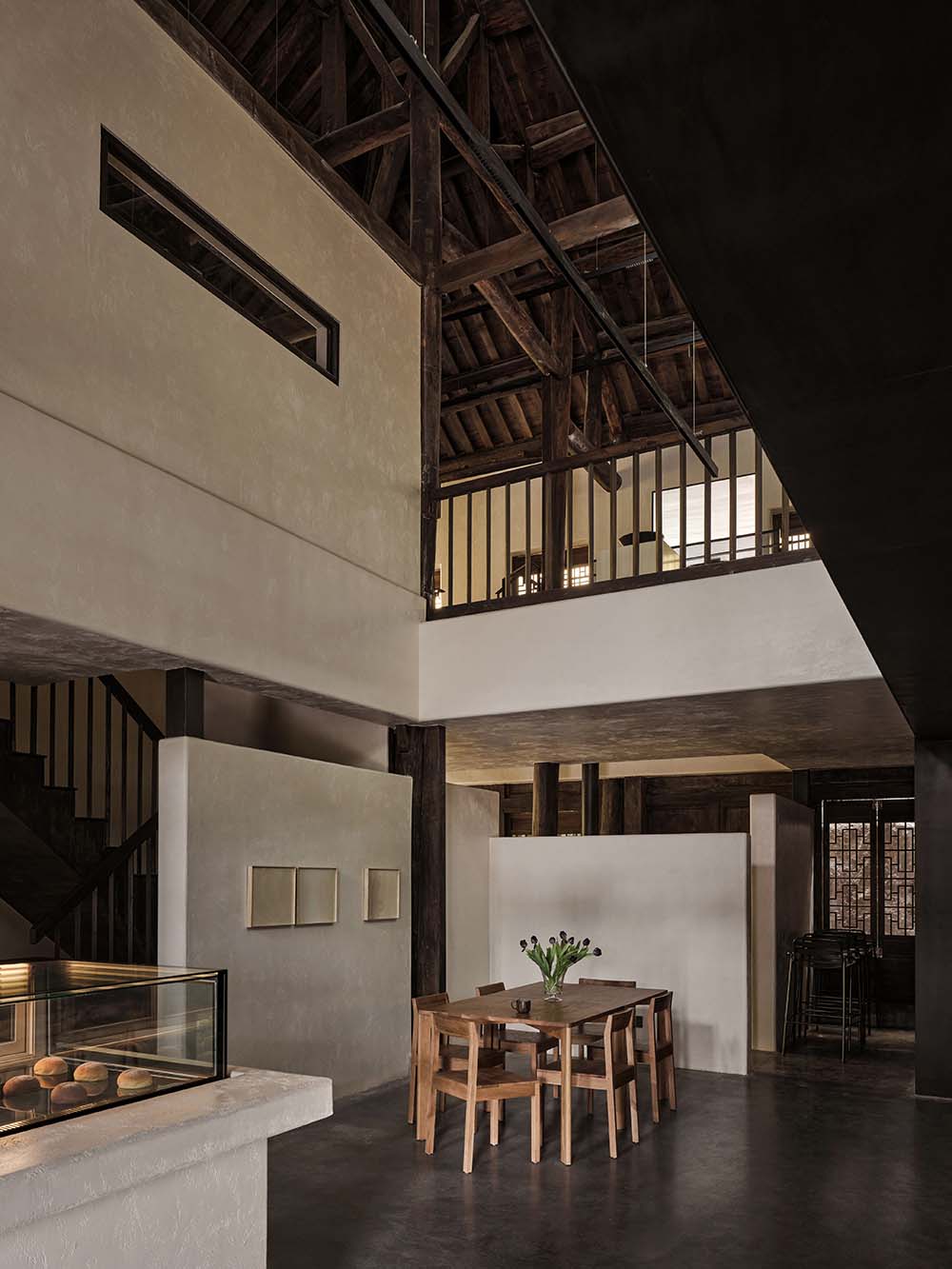
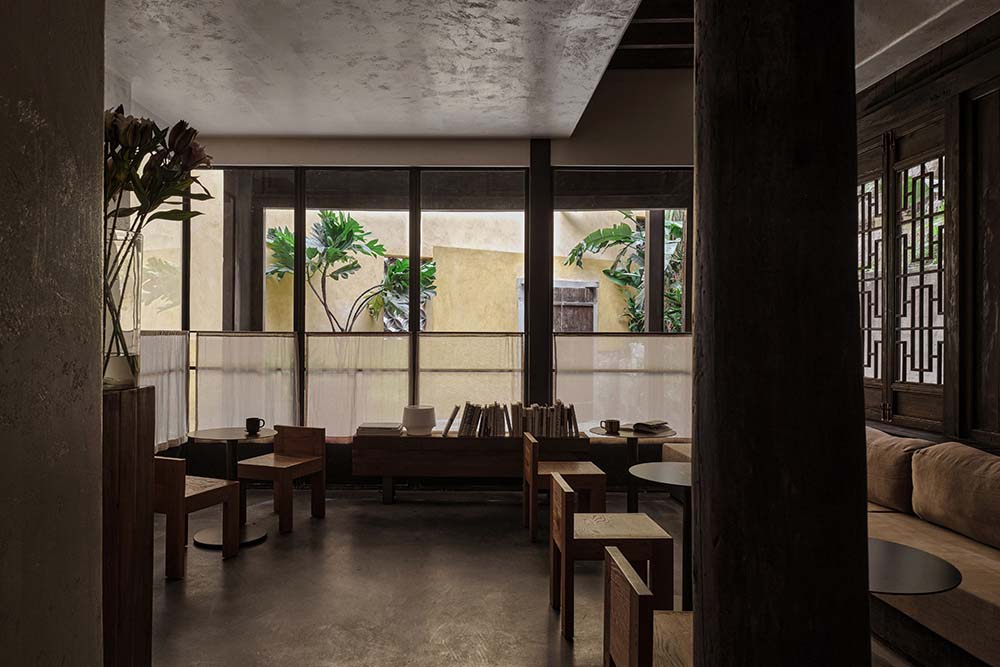
“Chongqing is of a mountainous area. People entered the room once opening the door in the past. People liked to conduct many activities ‘outdoors’, such as washing clothes and cooking on the stove top. They could see the crowd stepping up and down on the stairs in their activity gaps. When we were young, we used to take our rice bowl and go to the next door to ask for some vegetable… The neighborhood was quite harmonious. Maybe because of such harmonious relationship, I think people tend to be relatively extroverted in Chongqing.”
Xie Ke has been influenced by these far but clear memories, and the empathy behind them affects Chongqing people and touches outsiders.
“Slow down, find what moves and touches you the most in your memory, and refine their commonalities.” In the eyes of Zhu Jianping, who has been deeply engaged in real estate for decades, all these serve as the “basis” of the project and the core of urban renewal. Design begins from a connection between people and the past time, and thus incubates and activates the endogenous forces of the city.
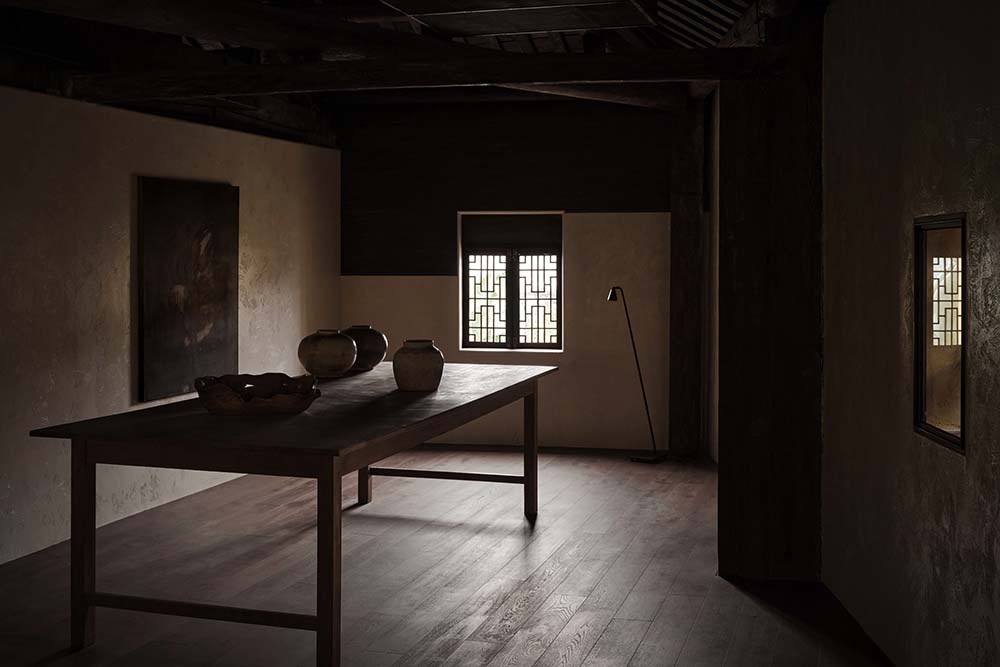
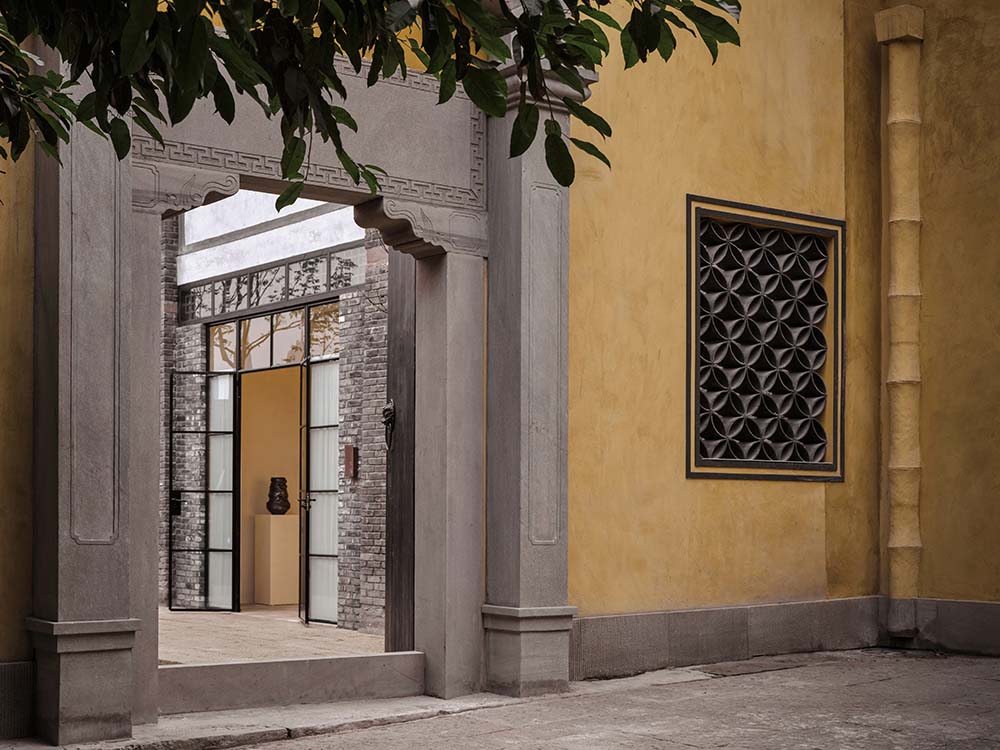
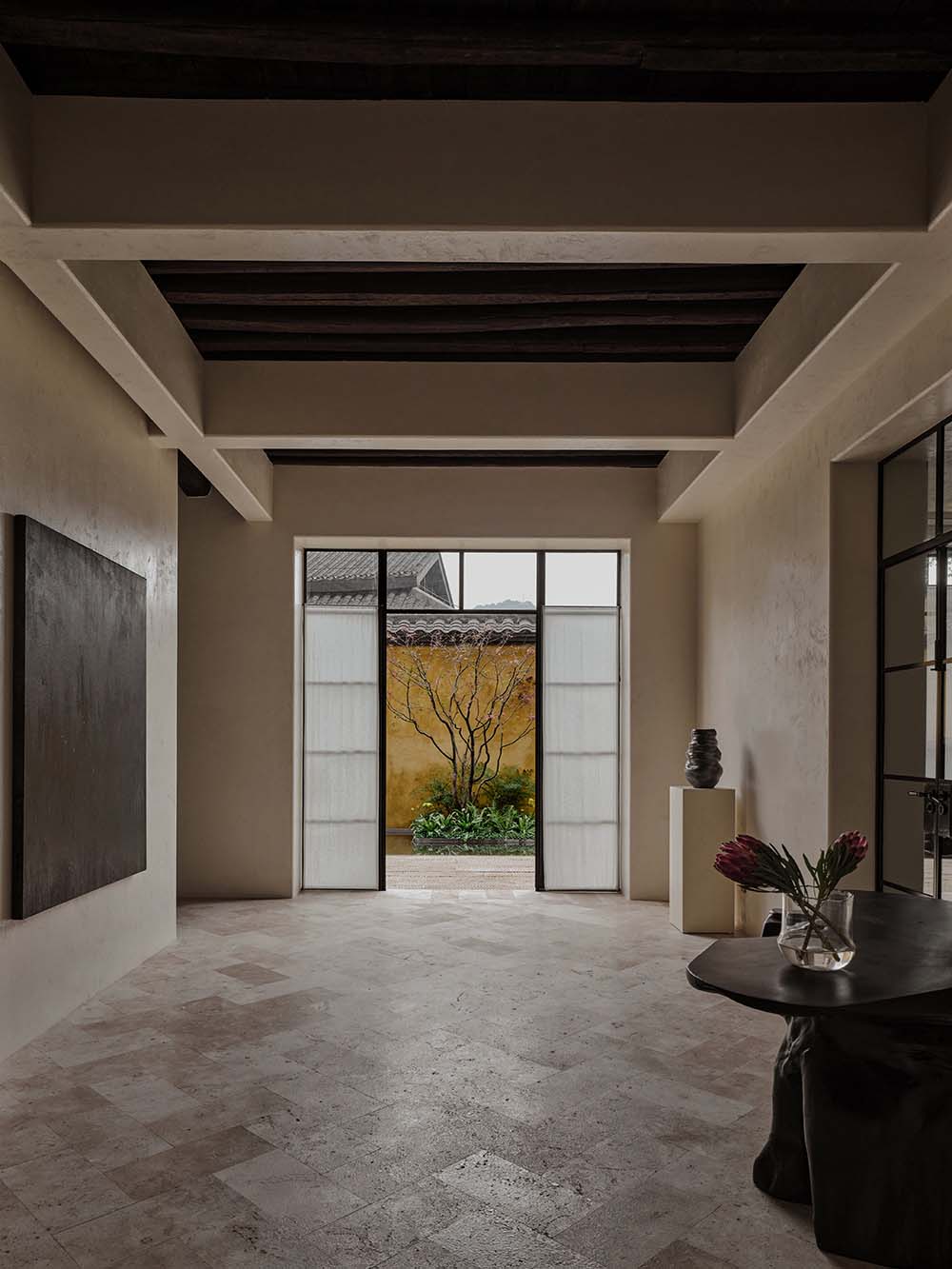
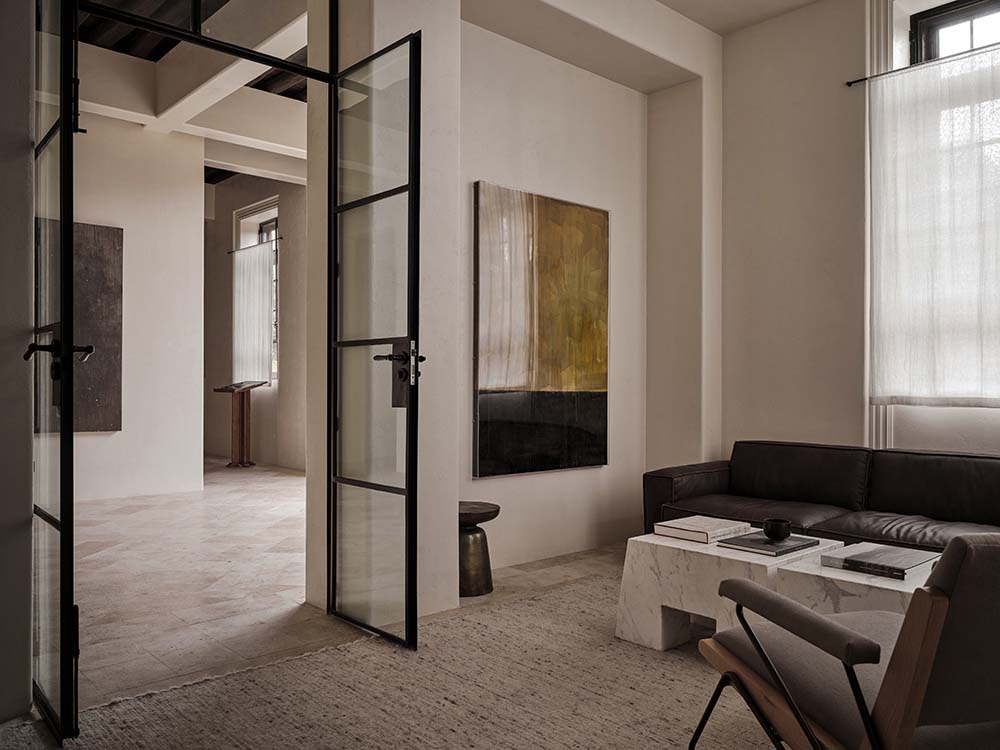
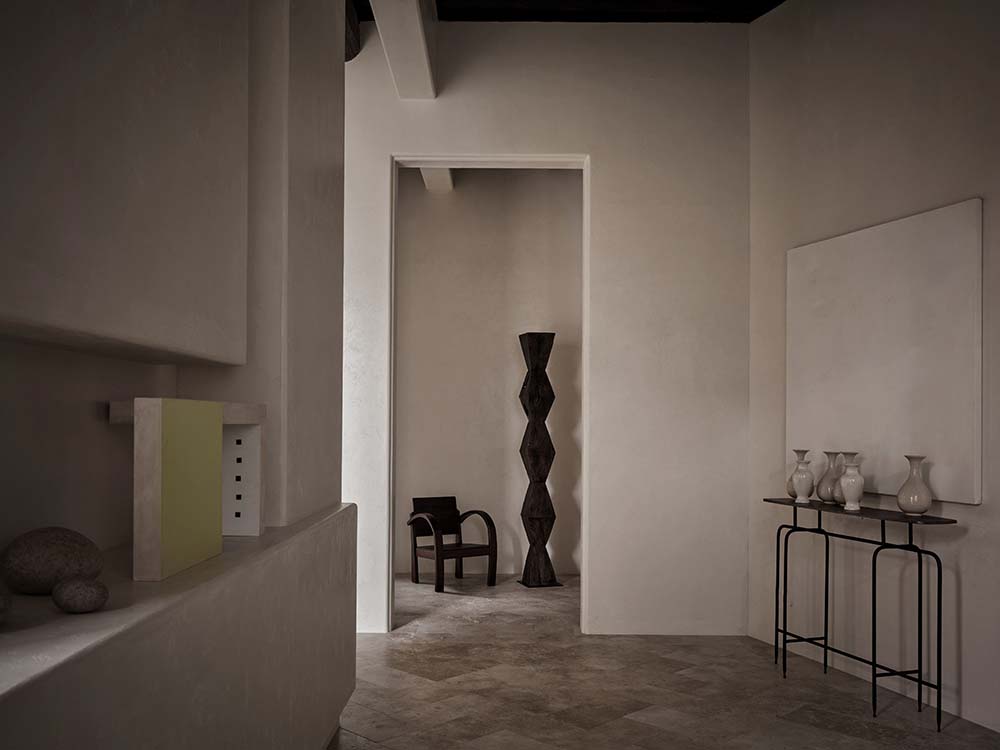
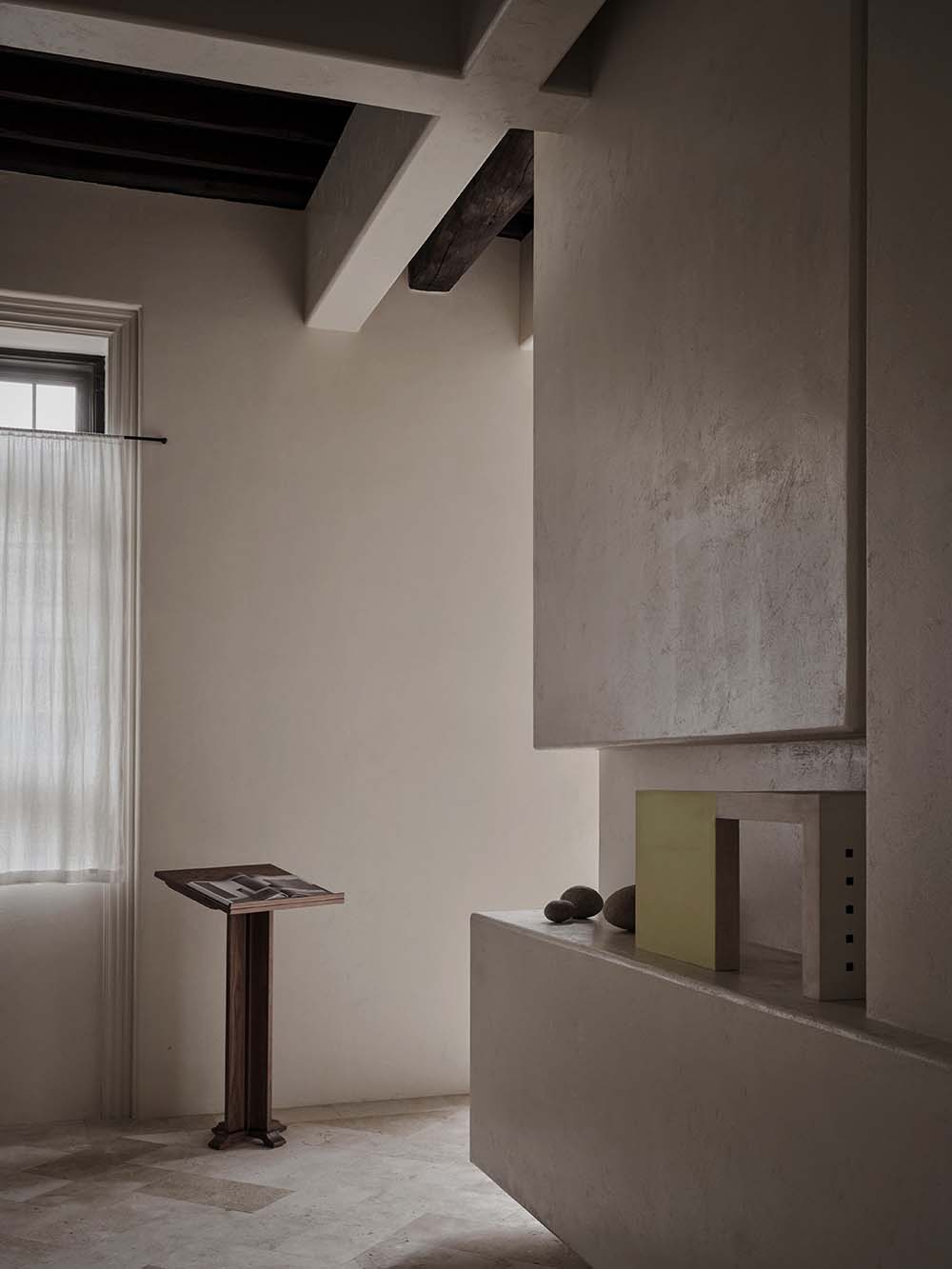
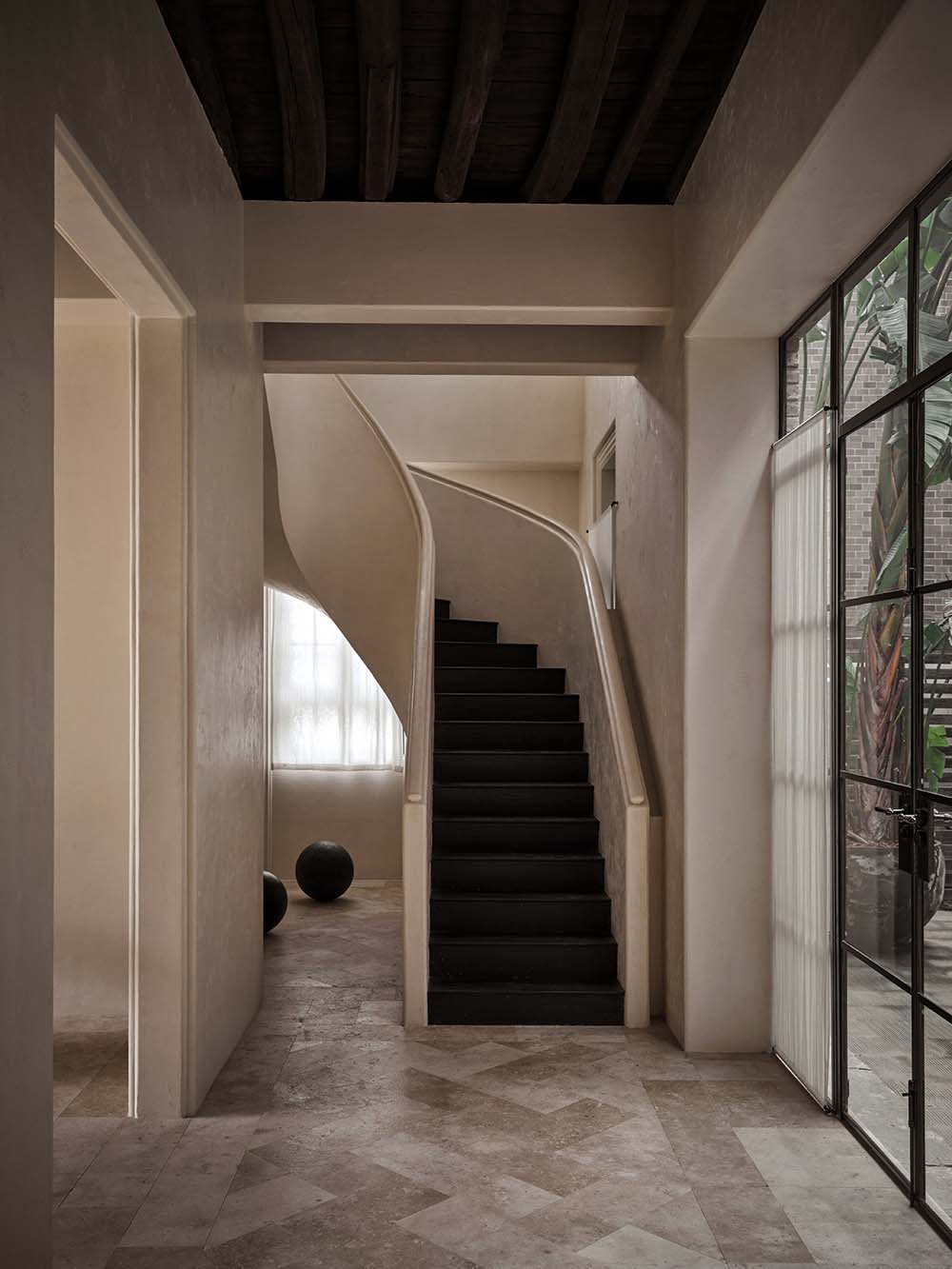
The steps covered with moss, Huguang Club standing still over time, the to-and-fro ropeway across the river, the close connection between houses and streets… All the characteristic memories of Chongqing were properly placed in people’s vision and became the background color of “Huguang · Chongqing · China” and also the design basis of Xie Ke.
“We used wooden structures to reinforce the wooden columns and decorate the roof with old tiles … When friends visited it after the completion of the project, they couldn’t distinguish between the old and the new, since the new members and the old buildings integrate completely and interact mutually.”
Qin Zheng indicated.
02. Keeping a tree
None of the houses were sealed off,
but they form a block
and are opened like stilted buildings in Chongqing
which grow vertically and connect laterally
— Xie Ke
As part of the “restoring the old as it was before” philosophy, the designers opened a skylight to accommodate a Ficus virens tree. This tree makes many in Chongqing homesick with its lavish branches, leaves, and umbrella-like canopy.
The cafe’s name, “Canopy,” is embraced by the skylight. The “Huguang Chongqing China” project’s guiding philosophy is to respect memory and the natural world, which is reflected in the cafe’s design as well.
“We tried to make sure that people can see the Yangtze River, Nanshan Mountain and the streets at every of the 75 villas, and all the old buildings have been properly protected in the area.”
Zhu Jianping mentioned.
In Xie Ke’s opinion, the street structure, which differs significantly from conventional development zones, brings back fond memories of his youth and piques his interest in taking part in it. We had little experience with real estate before to beginning this project, but Huguang Club gave us a fresh perspective.
The project gave way to history, compromised with time, and then made progress by retreating, touching designers and the public with empathy. This is similar to how the Ficus Virens tree should have been removed but still stands there.
The cafe’s simple building pieces, such the bar and restrooms, break up the monotony of the ancient building and give it some life. This prevents the next upgrading of the old building from being hampered.
The most “modern” elements of the entire area are now the steel gallery bridge, the big folding windows, and the skylights. Most significantly, it modernizes the historic building’s “spirit” in order to restore it.
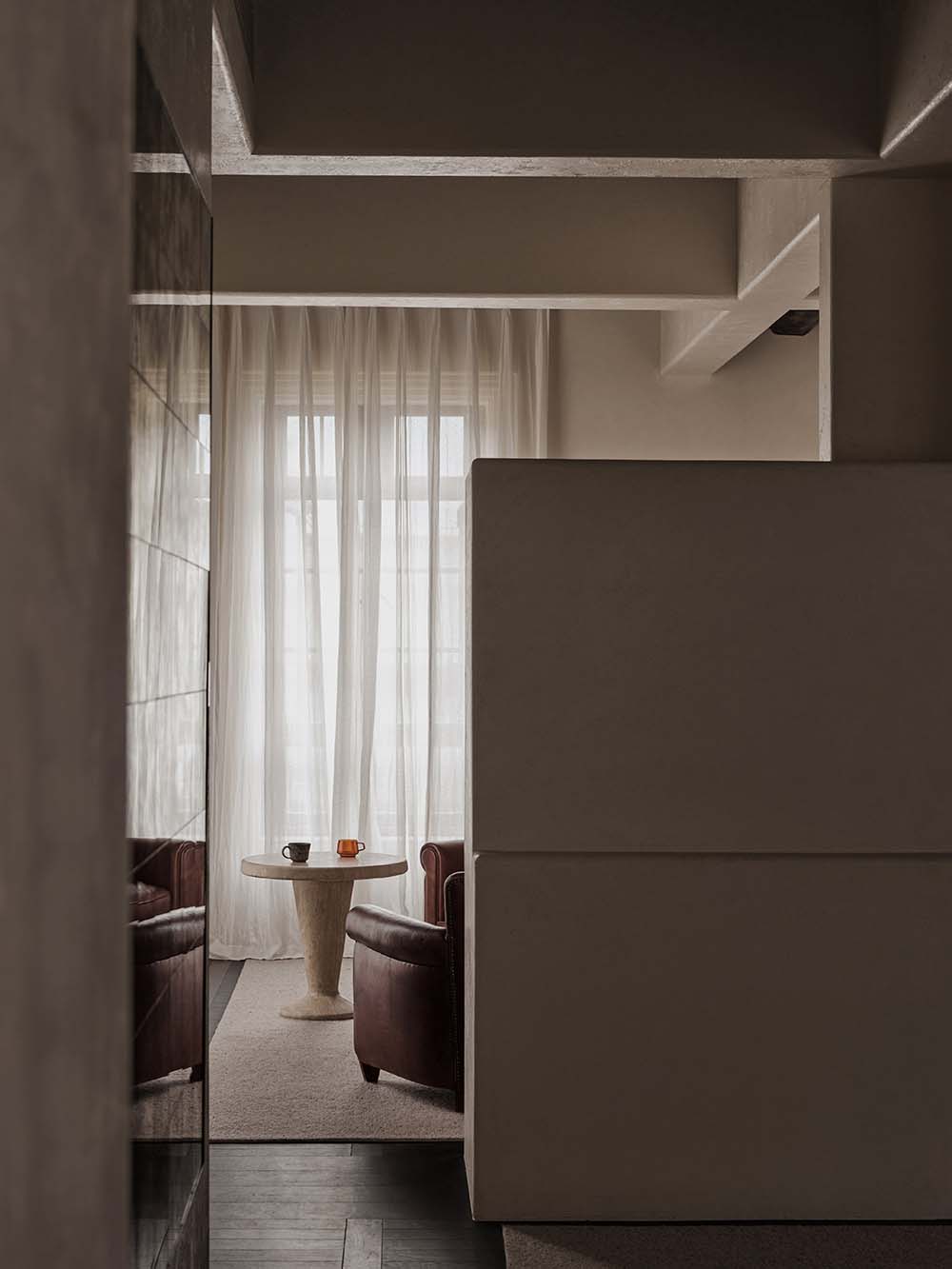
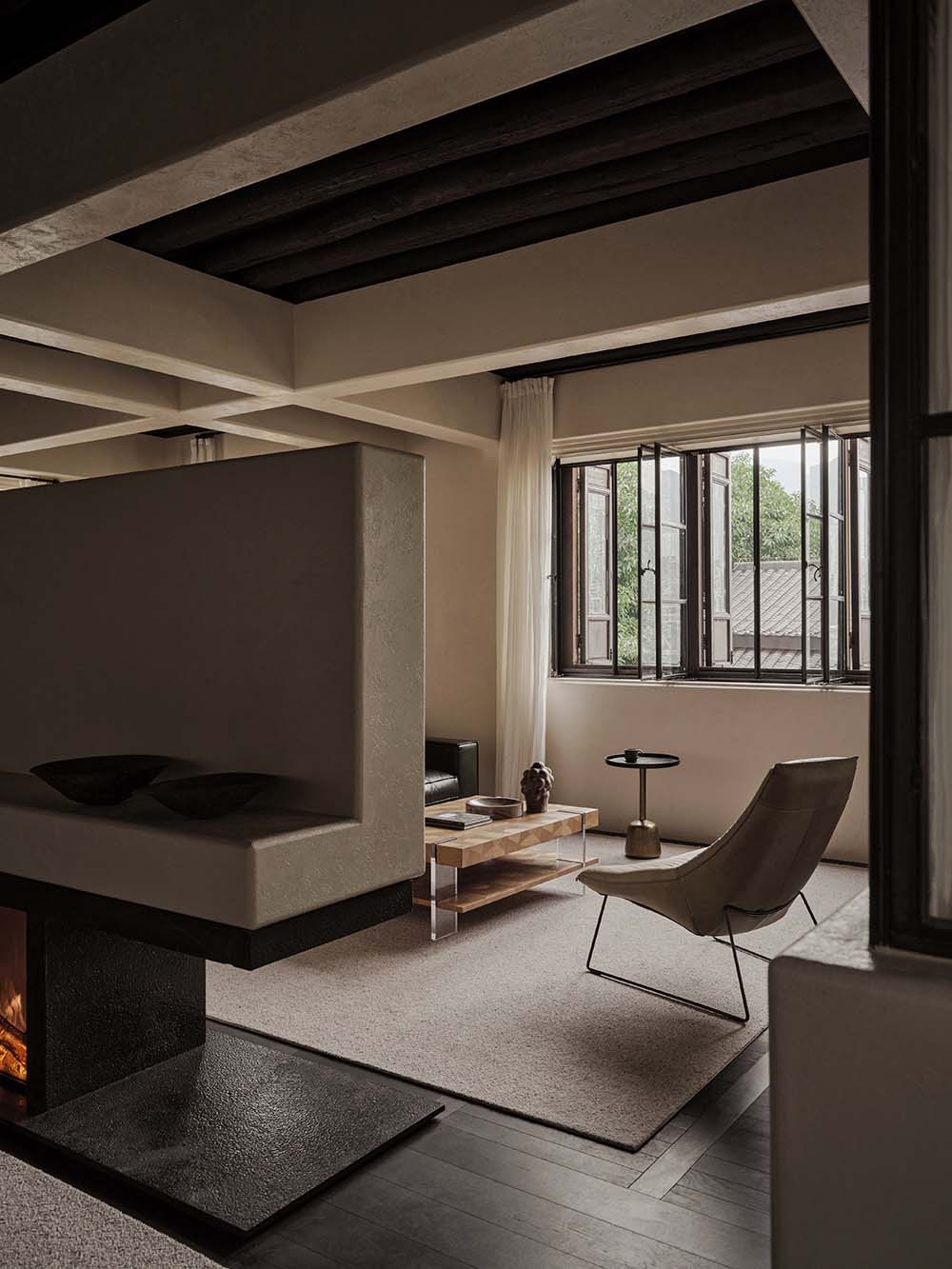
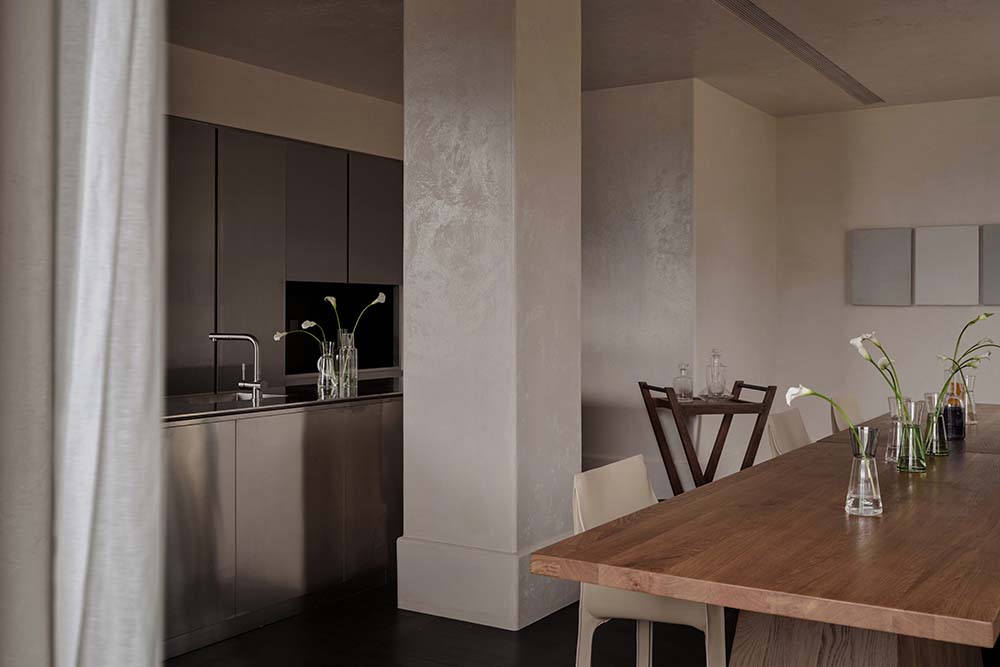
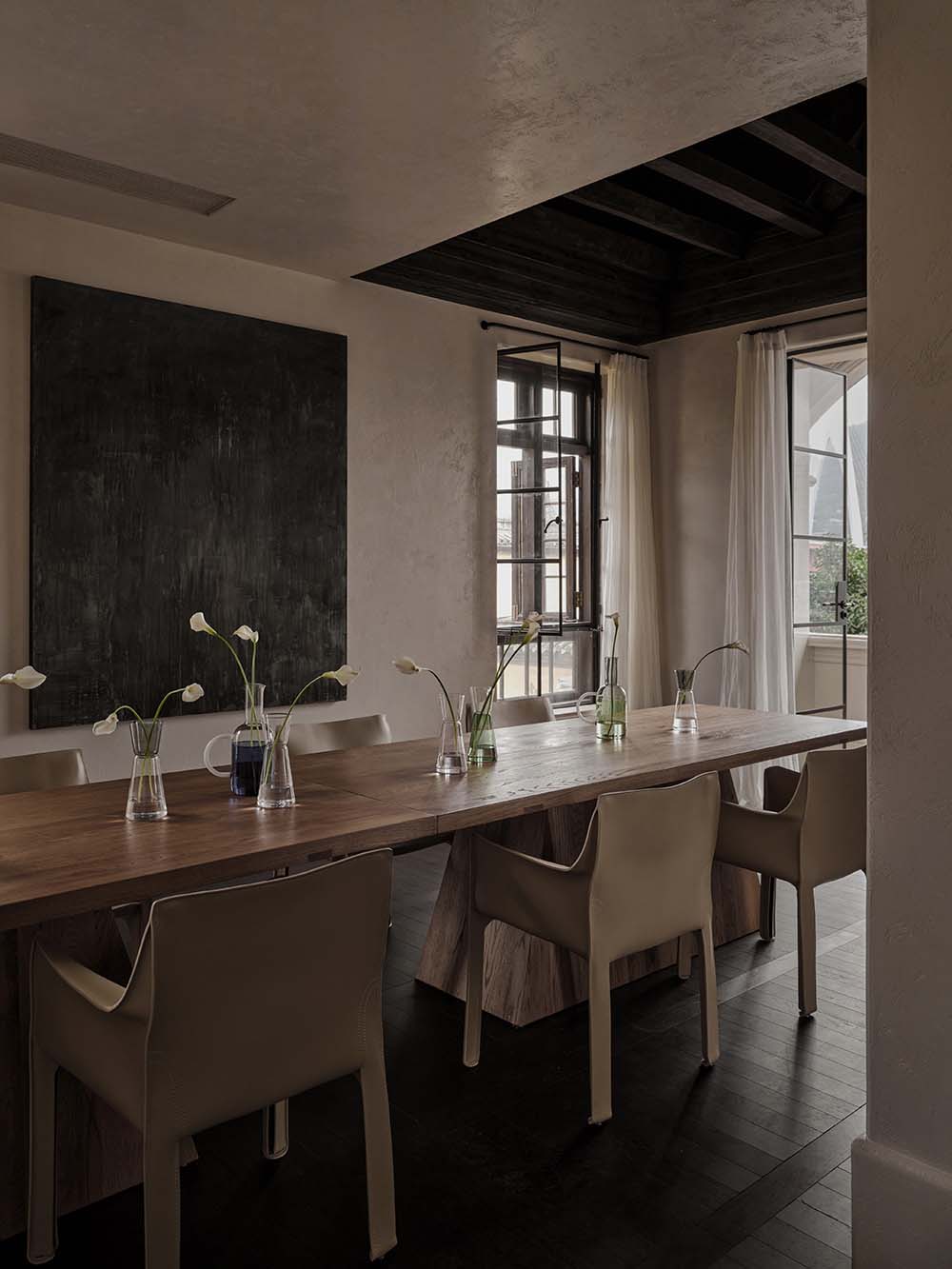
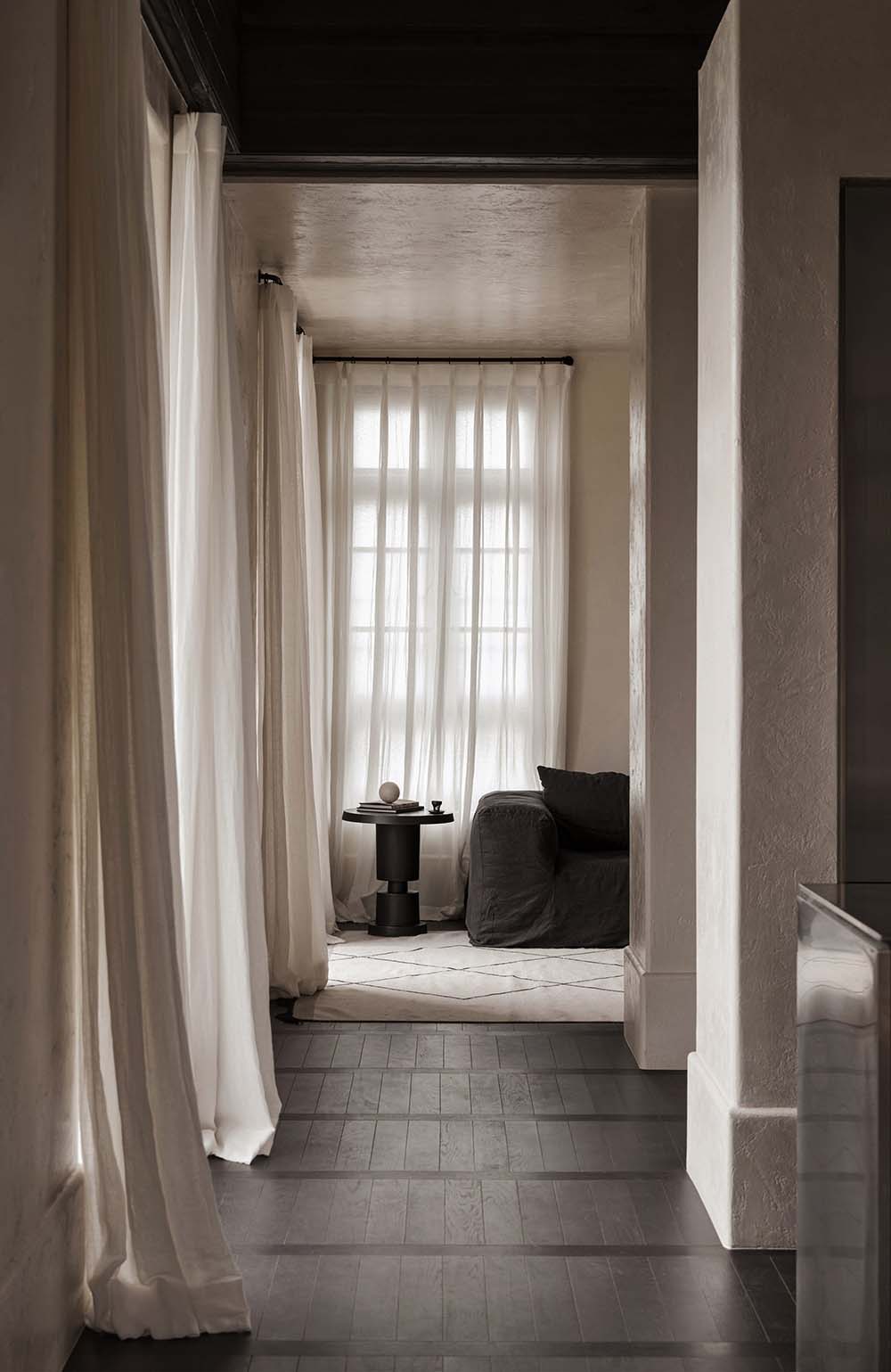
03. “All people are friends in the world.”
“Don’t doubt a Chongqing person’s social skills,
For them, all people are friends in the world.
They can talk about the whole world.
Sihai Club
Together with the city’s architecture, Chongqing’s “immigrant culture” is directly tied to the people’s honesty, tolerance, and openness. Records indicate that there have been eight significant waves of immigration, dating back as far as the Qin Dynasty.
Huguang Club, a historical relic of successful trade between the Ming and Qing dynasties, is a byproduct of “Huguang flooding Sichuan.” At Chaotianmen in the Yuzhong Peninsula, where the new prosperity contrasts with the previous prosperity, people constantly come and go.
The name of the club, “Sihai,” alludes to prosperity. The metal door on the second floor of Canopée Café leads to the club. If you drive, you can take the elevator up to the club’s first floor. Huguang Club’s peeling walls, undulating eaves, the Yangtze River, and the shade of the trees are all visible.
RELATED: FIND MORE IMPRESSIVE PROJECTS FROM CHINA
Although it appears that nothing exists, as the interior is all white, nothing is actually better than something. The rhythmic white gaps give the impression of creating a larger scene, which is sufficient to transport emotions, cultural elements, and dialog with a long history.
“We wanted the space provides a free and relaxed atmosphere, and the old building isn’t like a serious museum, but to allow people to sit down anytime anywhere to enjoy a cup of coffee or a good meal.”
Xie Ke incorporated Chongqing residents’ tolerance into the old structures. With this design, he worked with Shenzhen Licheng to try to start a new chapter in architectural activation, urban revitalization, and even real estate development.

Project information
Location?Huguang . Chongqing . China | Canopée
Completion Date : 2022
Gross Area : 1275m²
Architecture+Interiors ?signyan design – www.shangyiyang.cn
Photographer:???JLAP
Owner?China Airlines City Co.


